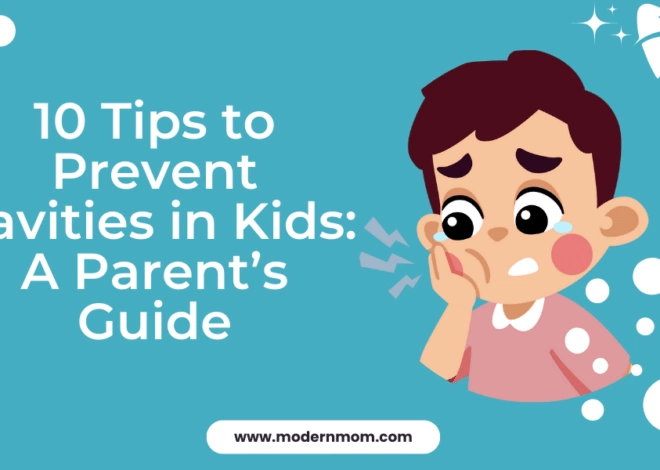Treatment for Walking Pneumonia in Children
Pneumonia, an infection of the lungs, is usually a serious disease that affects one or both lungs. Often, a child with pneumonia needs to stay in bed. Some may even need to head to the hospital to be watched over by a doctor. Walking pneumonia is a very mild form of the disease. Most cases of walking pneumonia are caused by a type of bacteria known as Mycoplasma pneumoniae. Mycoplasma bacteria are different from regular bacteria in that they do not have a cell wall.
Medication
Although Mycoplasma pneumoniae behaves differently than bacteria, antibiotics are commonly used to treat cases of walking pneumonia caused by the mycoplasma. Erythromycin and clarithromycin are commonly prescribed for treating walking pneumonia. The antibiotic’s effect on the mycoplasma differs than its effect on bacteria, though. The antibiotics will not make your child feel better immediately, according to MayoClinic.com. Even after the medicines reduce your child’s symptoms, they do not kill the mycoplasma. The organism can remain in the throat for weeks after treatment, according to Maryland’s Department of Health & Mental Hygiene.
Symptoms and Diagnosing Walking Pneumonia
Walking pneumonia is diagnosed the same way other pneumonias are, through a chest X-ray. Typically, though, the symptoms of walking pneumonia are mild enough that you wouldn’t consider taking your child to the doctor for treatment. The symptoms are often similar to a cold and include a cough, chills and fever. Unlike regular pneumonias, walking pneumonia also often causes a sore throat and headache.
Other Treatments
Sometimes, a few days at home in bed with plenty of water and other fluids is all your child needs to recover from walking pneumonia. You may want to place a humidifier in her bedroom to help soothe her sore throat and lungs. If she has a fever, give her acetaminophen or ibuprofen to help bring it down. Always check with her doctor before giving her pain medication to make sure it is safe to do.
Complications
In some cases, your child’s walking pneumonia may develop into actual pneumonia, with more severe symptoms. If your child does develop more serious symptoms, take him to the doctor right away. Your child may also develop an ear infection, according to MedlinePlus. Most ear infections clear up with antibiotic treatment. Walking pneumonia can also develop into hemolytic anemia, where the body does not have enough red blood cells. Symptoms of hemolytic anemia include an enlarged spleen, jaundice and fever.
Prevention
Help prevent walking pneumonia by washing your hands frequently and instructing your child to do the same. Make sure your children receive the flu vaccine, as some types of pneumonia are caused by a virus related to influenza, according to MayoClinic.com. You also keep children away from anyone who has symptoms of respiratory illness, such as a runny nose or cough. Keep your children active, and make sure they eat a healthy diet to stave off walking pneumonia and other infections.




